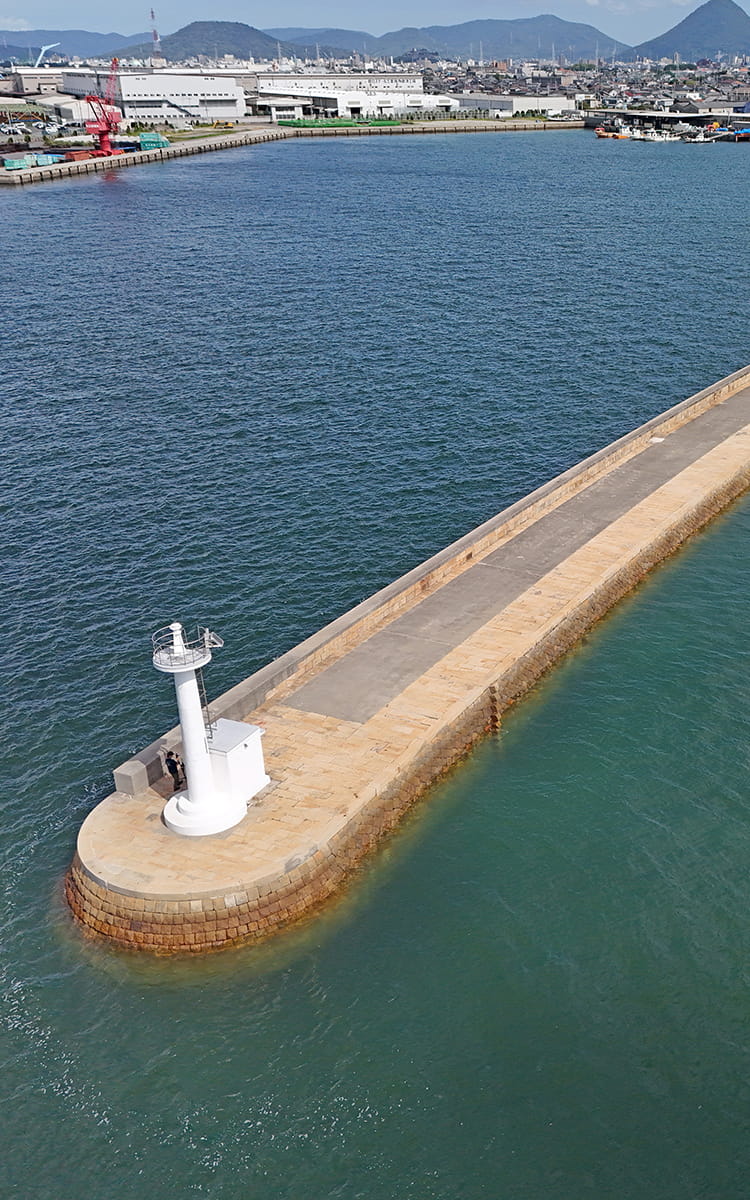
Overview
In 1838, the town of Tadotsu initiated a massive investment in the Tadotsu Tampo, a large-scale waterfront development project that laid the foundation of Tadotsu Port. This construction turned the town into an extremely prosperous port of call during the second half of the 19th century. The port became an important stop for worshippers to nearby Kotohira Shrine and for kitamaebune merchant ships traveling from northern Japan to Osaka.
In 1889, the Sanuki Railway established Tadotsu as its base of operations, upgrading the port town to an important hub for maritime transport and distribution. With the establishment of the region’s first meteorological observatory, a national first-class post office, and an electric lighting company, Tadotsu became a center of modern culture in Shikoku. Tadotsu Port is home to numerous cultural landmarks including the Tadotsu Tampo, the historic waterfront area where the kitamaebune ships once congregated; the Former Goda Residence, owned by a prosperous merchant family; and the railway turntable at JR Tadotsu Station, which was built with financial backing from seven wealthy donor families (including the Goda family). These cultural assets reflect Tadotsu’s historical legacy as a thriving port for kitamaebune, a gateway to Kotohira Shrine, and a pioneer of progress in Shikoku.
Go here to try out our digital metaverse content
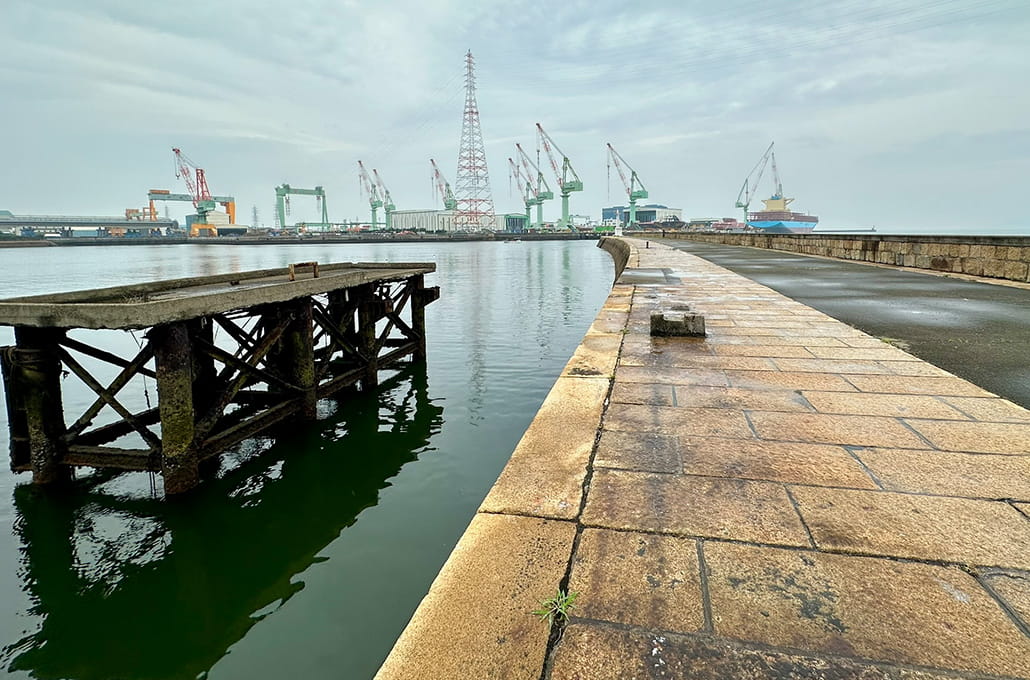
Tadotsu Tampo was built to accommodate the kitamaebune merchant ships that traveled from northern Japan to Osaka. It was constructed in 1838 by modifying the old port that had been built around the natural features of the local river mouth. The redevelopment expanded the once-cramped port and a breakwater was built to prevent erosion of the harbor area.
Because small tender boats had been necessary to unload larger vessels at the original port, the harbor was made deeper so that large boats could unload their cargo directly onto the dock. This alteration attracted kitamaebune and other cargo ships in droves.
Older features of the Tampo are now obstructed by more recent construction, such as the mid-19th century seawall, but some parts of the port that were refurbished later are still visible.
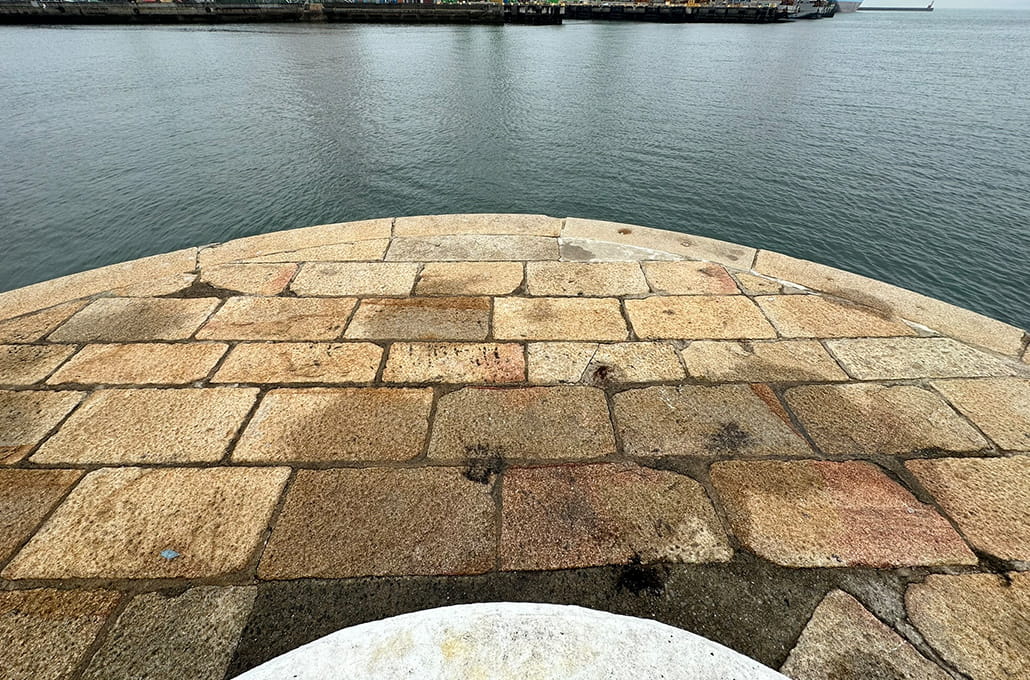
Rounded edge of Tadotsu Tampo
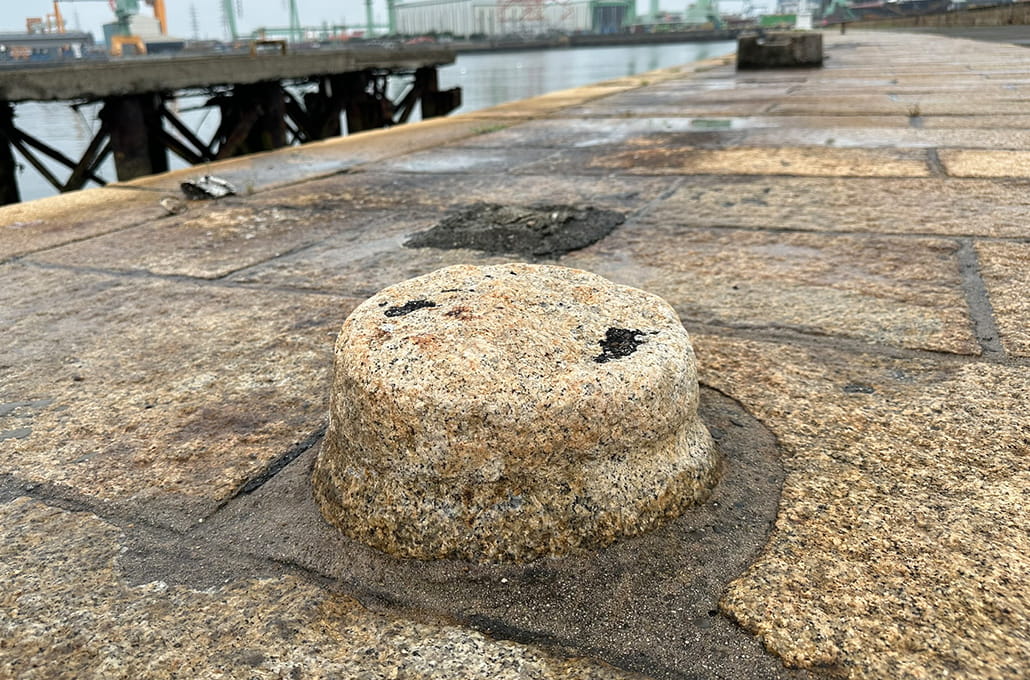
Bollard used for mooring boats
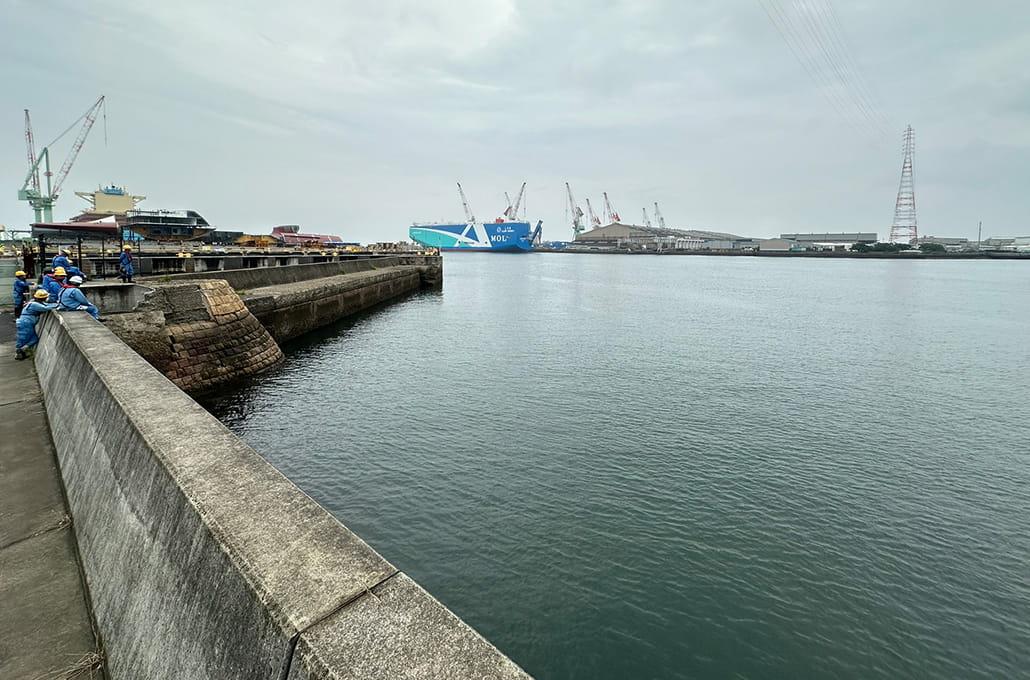
A wide area of the Tadotsu Tampo stonework still remains
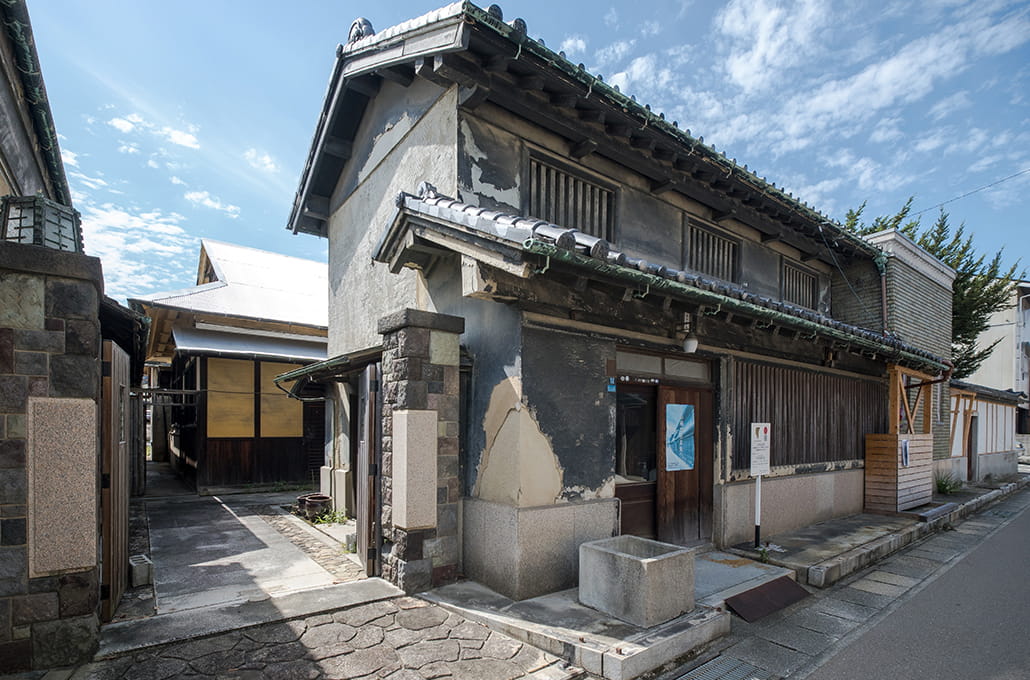
The Former Goda Residence (“Shimaya”) is a large mansion built over three generations by the Goda family. The Goda family moved to Tadotsu from a nearby town in 1845 and went on to prosper as wealthy merchants, entrepreneurs, and politicians.
As Tadotsu became a vital port of call for kitamaebune merchant ships, shipowners and traders using kitamaebune to buy and sell goods began to appear in Tadotsu. These shipping agents facilitated commerce, and the most prosperous and notable families among them were called the “Seven Lucky Gods of Tadotsu” (“Tadotsu Shichifukujin”). These distinguished merchant families, the Goda family among them, played a significant role in Tadotsu’s modernization by heavily investing in the town during the latter half of the 19th century.
The primary exports from Tadotsu were local products, such as sugar, cotton, and salt, but even goods from Kochi, beyond the Shikoku Mountains, were brought into Tadotsu for wider distribution. In return, goods imported into Tadotsu included various commodities such as rice, Hokkaido konbu, Pacific saury (sanma), miso, soy sauce, and fertilizer made from dried fish (hoshika).
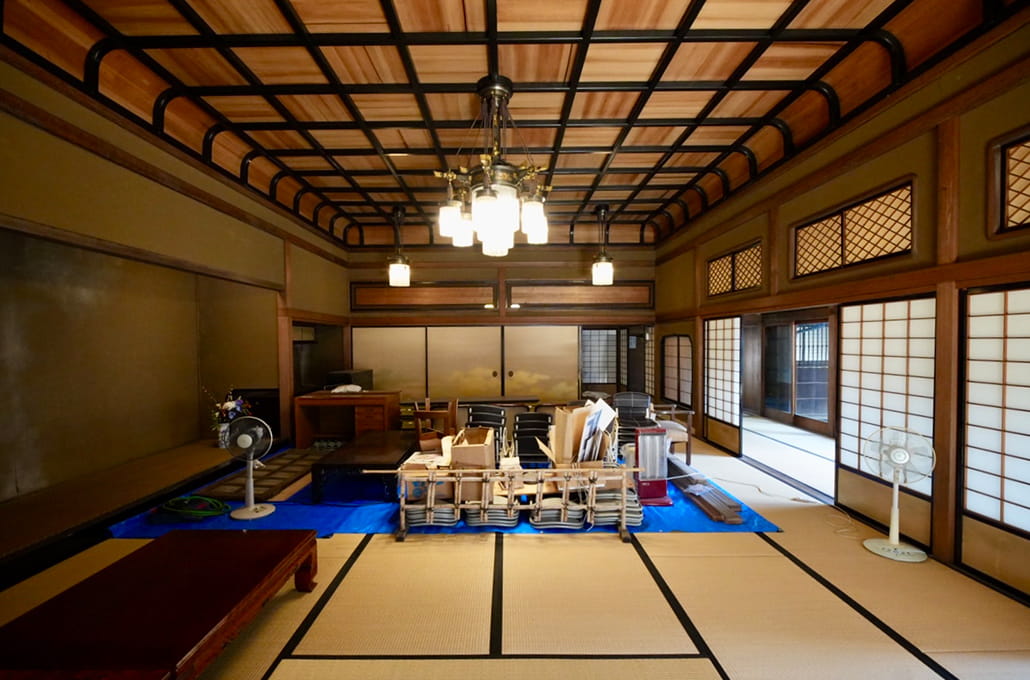
Western-style chandelier hanging from coffered ceiling
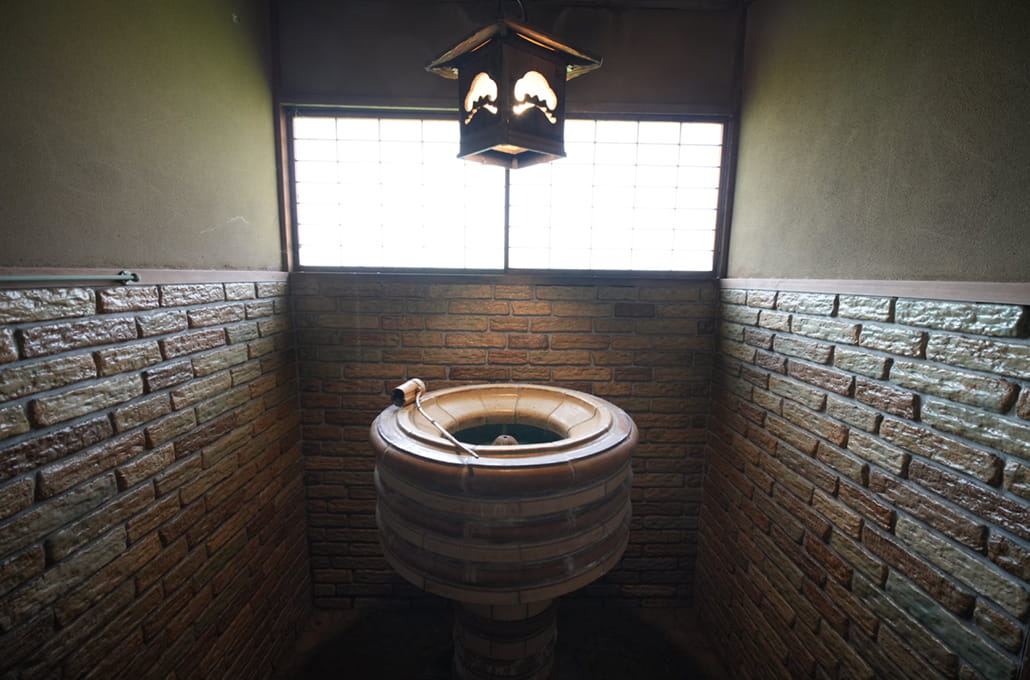
A ceramic washbasin
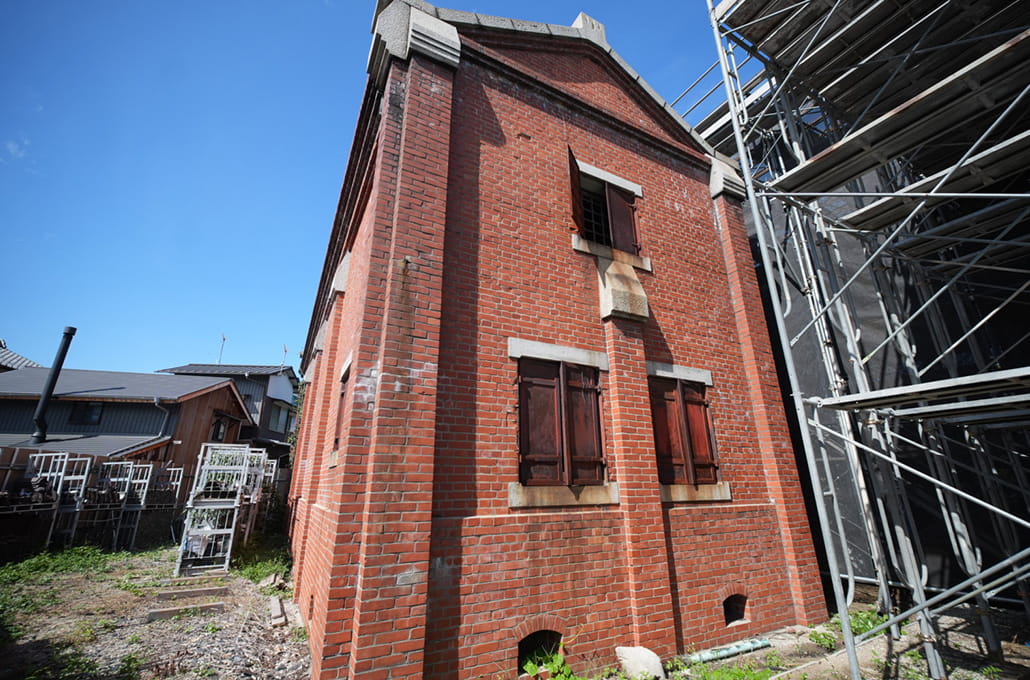
A brick warehouse also stands on the property
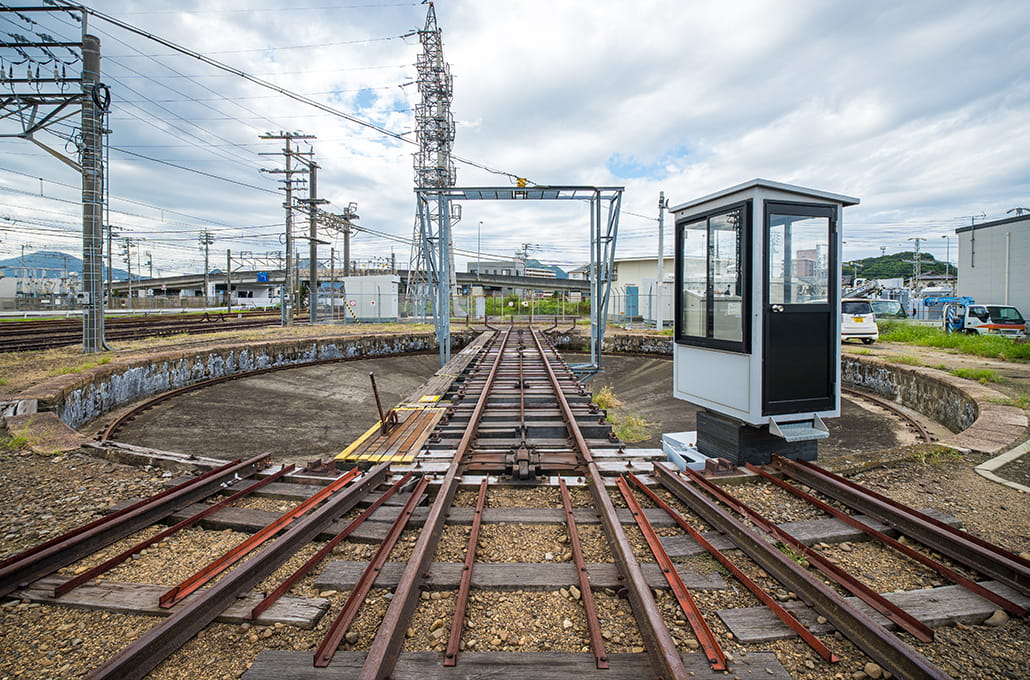
Tadotsu is known as the birthplace of railways in Shikoku and is home to numerous heritage sites related to railway modernization. Ten of these national cultural properties were once located here: three at JR Tadotsu Station and seven within the JR Tadotsu Factory. Today, two remain at the station and six at the factory.
Among these, the JR Tadotsu Station structures—a railway turntable and two water towers—were particularly notable. The turntable, built in 1950, was used to reverse the direction of locomotives and consists of a platform on rotating, riveted steel structure.
The first water tower, constructed in 1913, consists of a reinforced concrete water tank atop a brick tower and is the only pre-WWII water tower remaining in Kagawa Prefecture. The second water tower, built in 1951, featured a steel frame built from repurposed old rails.
These structures were essential for the operation of steam locomotives and reflect Tadotsu Station’s historical role as a key junction on Shikoku’s main railway lines.
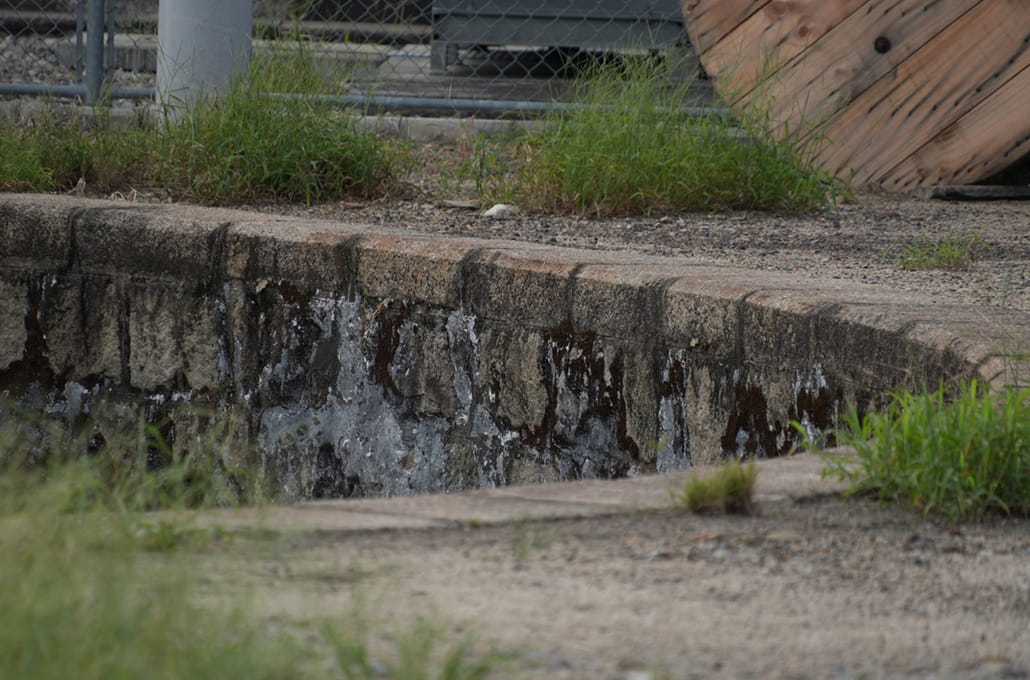
The foundation consists of laid stone
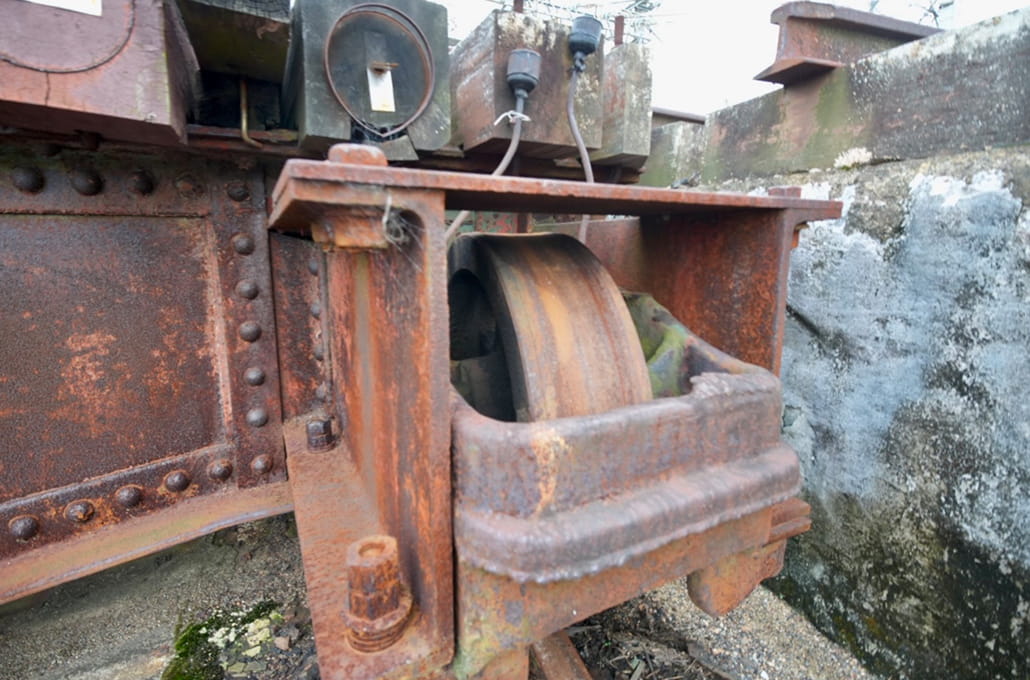
Wheels are located at the ends of the span
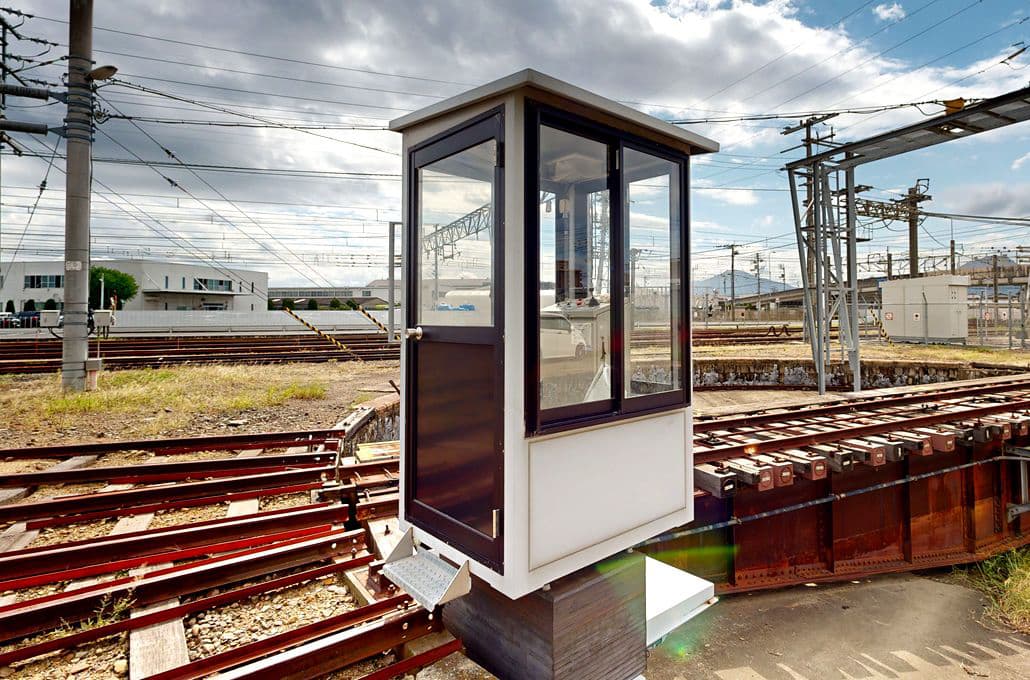
The control booth has been replaced with a more modern one

令和6年度 文化資源活用事業費補助金(文化財多言語解説整備事業)